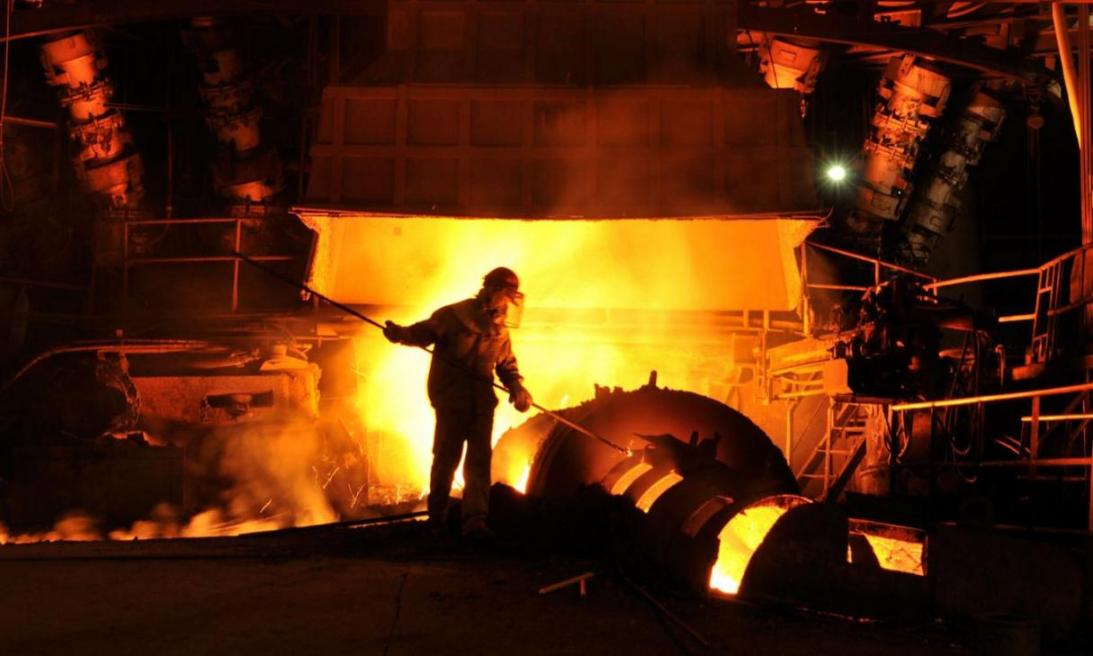Achieving the 8% annual economic growth as envisioned in the sixth five-year economic development plan (2016-21) requires growth of at least 12% in the industrial and mining sector, according to head of the Institute for Trade Studies and Research, Mohammad-Reza Razavi.
He made the remarks in an interview with IRNA on Wednesday, noting that the average growth in the industrial and mining sectors has been at least 1.5 times higher than the overall GDP growth during the third (2002-2007) and fourth (2007-2011) FYDPs.
According to Razavi, economic growth during the third and fourth FYDPs stood at 5.8% and 4.8%, while the industrial sector grew by 10.6% and 7% and the mining sector by 6.2% and 13.4% respectively.
“Therefore average economic growth during the two consecutive development plans stood at 5.3% which is below the 8.8% and 9.8% average growth recorded in the industrial and mining sectors respectively,” he concluded.
The general policies of the sixth FYDP, outlined by the Leader of Islamic Revolution Ayatollah Seyyed Ali Khamenei on June 30, envision an average annual economic growth of 8% in the course of the plan period.
Razavi believes that achieving the desired industrial growth requires the government to design and implement an industrial strategy which includes prioritizing industries for allocation of financial resources, developing the required infrastructure and monitoring the market behavior.
Government’s Role
According to the official, the government has a leading role in four major areas of industrial strategy: Firstly as a “regulator” to support the industrial sectors by setting tariff rates or provision of incentives and subsidies. Secondly, as a “manufacturer” through direct participation in economic activities. Third, as a “consumer” by ensuring market demand for strategic industries and economic activities and finally as “financial broker” to attract foreign investments and public funds to the strategic industries.
He believes that macroeconomic policies and industrial strategies must be viewed as integrated policies, arguing that stable macroeconomic environment is conductive to industrial development.
“For example, the real foreign exchange rate which has a significant impact on economic growth, also greatly influences the trade balance and competitiveness. Therefore, wrong monetary policies by the government will harm the industrial and trade sectors,” he explained.
“Similarly, drafting industrial strategies without keeping an eye on the macroeconomic capacities for financing the industrial projects is bound to fail,” he added.
Razavi concluded that while drawing an industrial action plan is instrumental for achieving the decent levels of industrial growth, its successful implementation is possible only through coordination and compliance with macroeconomic policies.
A high-level symposium on developing export-oriented and pro-employment industrial and trade policies is scheduled to be held in Tehran on October 10-11. The two-day event, organized by the Institute for Trade Studies and Research and sponsored by the Ministry of Industries, Mining and Trade, will bring together prominent Iranian and international economists and policy analysts to discuss trade and industrial issues.


